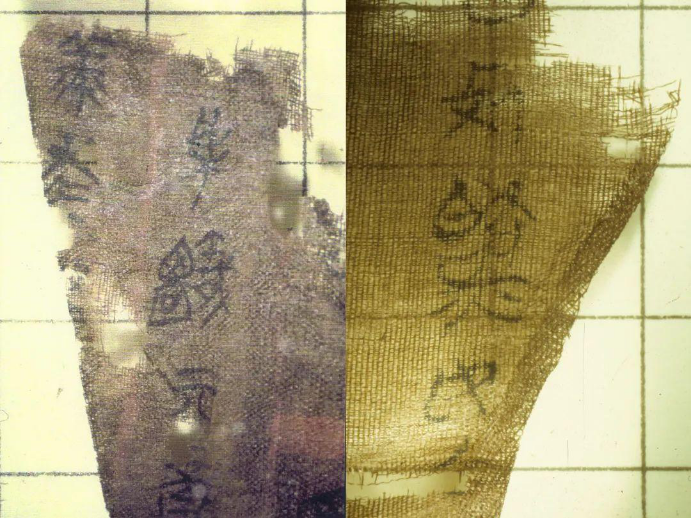
After nearly eight decades overseas, two precious volumes of the Zidanku Silk Manuscripts, dating back over 2,300 years, finally returned to China. The handover ceremony took place at the Chinese Embassy in Washington, D.C., marking a historic moment in cultural heritage preservation.
Discovered in 1942 in a Warring States Period (475–221 BC) tomb in Changsha, Hunan Province, these manuscripts are the earliest silk texts ever found in China and the only surviving examples from that era. Named after their discovery site, the manuscripts were stolen by grave robbers and illegally taken to the U.S. in 1946. Divided into three volumes, the returned texts — Wuxing Ling (Volume II) and Gongshou Zhan (Volume III) — contain over 900 characters detailing rituals, military strategies, and ancient beliefs.
The recovery was made possible through years of diplomatic efforts and academic research. In 2022, the Smithsonian Institution adopted a policy to return artifacts acquired unethically. China’s National Cultural Heritage Administration then provided strong evidence of the manuscripts’ illegal removal, leading to their return. Ambassador Xie Feng praised the collaboration, calling it a “cultural milestone” that sets an example for global heritage protection.
Scholars compare the manuscripts to the Dead Sea Scrolls for their insights into ancient Chinese philosophy and mysterious practices. Professor Li Ling of Peking University, who studied them for 40 years, emphasized their role in understanding early Chinese literature and thought. Vice Minister of Culture Rao Quan stated that their return ensures proper research and protection in their “native soil”, allowing their stories to be shared worldwide.
While Volumes II and III will debut at Beijing’s National Museum in July 2025, efforts continue to reclaim Volume I (Sishi Ling), currently held privately. This success highlights the importance of international cooperation and legal frameworks in preserving cultural heritage.
The return of the Zidanku Silk Manuscripts reflects China’s growing role in global cultural diplomacy. As Ambassador Xie noted, such collaborations “reclaim humanity’s shared legacy”, fostering mutual respect and friendship. For students, this story is a reminder that cultural treasures are not just relics of the past but bridges to understanding our shared history.
原创编写 版权所有 侵权必究! 每日更新 个性化阅读 英语飙升!
1.1. What makes these manuscripts of great importance?
A Their recent discovery time.
B Their low cost of preservation.
C Their insights into ancient culture.
D Their small number of characters.
解析:选C。C 推理判断题。根据第二段的“...these manuscripts are the earliest silk texts ever found in China and the only surviving examples from that era.”可知,这些手稿作为中国最早发现的丝绸文本且是那个时代唯一留存的实例,具有极高的历史和研究价值,这是它们重要的原因。故选C。
2.2. What can we infer from the third paragraph?
A The removal was legal at first.
B Evidence collection was easy.
C The return was evidence-based.
D Scholars donated private collections.
解析:选C。C 推理判断题。此段表明中国国家文物局提供了帛书非法流失的有力证据,这意味着帛书的回归是基于证据的,有充分依据。故选C。
4.4. What is the main purpose of the last paragraph?
A To introduce a new problem.
B To predict future exhibitions.
C To emphasize economic value.
D To highlight global cooperation.
解析:选D。D 推理判断题。末段核心句“The return reflects China’s growing role in global cultural diplomacy”及“collaborations reclaim humanity’s shared legacy”强调国际合作。故选D。
